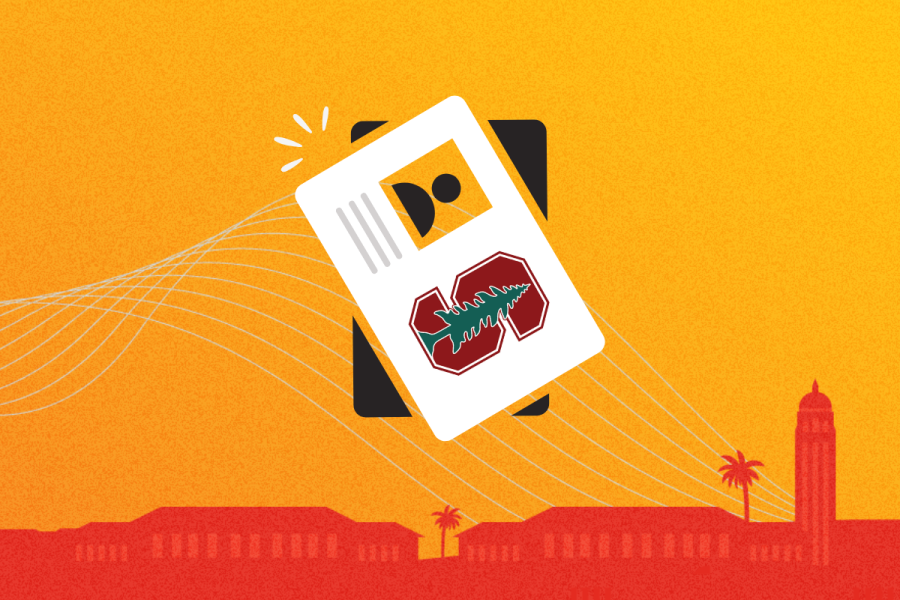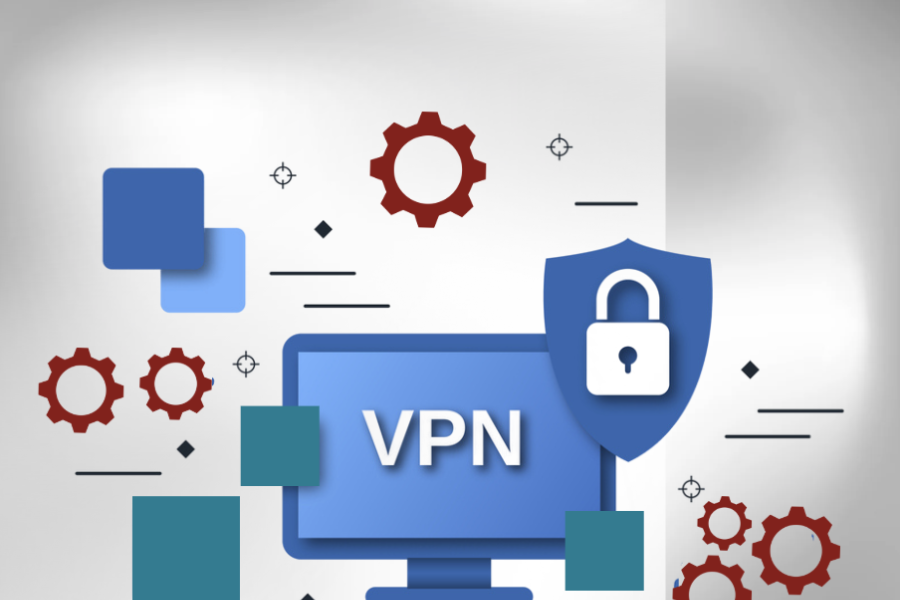Summer's schedule changes and travel offers a much-needed break, but also come with unique IT security challenges.
Whether you’re attending a conference, embarking on a trip, or visiting family away from campus, we all must stay vigilant about cybersecurity. Here are the top five IT security dangers to be aware of during the summer break.
Need a reminder tool? Check out the infographic, which has a link back to this article:

Note: Stanford tools and services mentioned in this article are generally provided at no cost for Stanford community members, unless otherwise noted.
Danger # 1: Public Wi-Fi Vulnerabilities
Summer often involves more time spent in public places like cafes, airports, and hotels, which commonly offer free Wi-Fi. These networks are frequently unencrypted, making it easy for hackers to intercept data. This risk is increased by higher volumes of travelers, providing more opportunities for cybercriminals to exploit.
Your move: Only use Wi-Fi securely.
Avoid using public WiFi, but if you absolutely need to, use a virtual private network (VPN) to encrypt your internet connection.
Stanford tools & services:
- Remote Access VPN
- Stanford’s Recommendations for International Travel for additional steps
Danger #2: Phishing Attacks
Phishing attempts typically increase during the summer, as attackers like to target companies and organizations when they are likely to be most vulnerable. Cybercriminals may use travel-related themes to lure victims, such as fake booking confirmations, flight itineraries, or vacation rental inquiries. These attacks aim to deliver malware and/or steal personal information and finances.
Your move: Recognize and report phishing attempts.
Be cautious with unexpected emails or messages, and always verify their authenticity before interacting or responding to requests. Ensure websites you visit use HTTPS, especially when entering personal information. Also, opt in to available vetted tools to enhance your security, such as URL Defense and the Phish Reporter Button, to make your email and your community safer.
Stanford tools & services:
- Training to recognize a phish
- URL Defense to manage login details and flag fake sites
- Phish Reporter Button to raise the alarm and mitigate harm to the Stanford community
Danger #3: Device Theft and Loss
Summer travel and schedule switch-ups lead to more movement and higher chances of losing devices–or having them stolen. Unsecured devices can give thieves direct access to sensitive information. The risk of theft is often higher in crowded places like tourist attractions, public transportation, and events.
Your move: Secure your mobile devices.
Use strong passwords and passcodes, enable security features and locks, and keep devices close. Or if possible, don’t even take your regular mobile devices and use a loaner or temporary device instead.
Stanford tools & services:
- Mobile Device Management for work-issued or personal mobile devices
- Dashlane as a password manager service
- Recommendations for International Travel for specific steps to take
- CrashPlan Backup service (Rates might apply.)
- Stanford Whole Disk Encryption (SWDE)
Danger #4: Juice Jacking
Public USB charging stations, commonly found in airports, malls, and hotels, can be tampered with to steal data or install malware on your device through the USB port. This method, known as juice jacking, exploits travelers' need to charge their devices on the go.
Your move: Avoid public USB ports.
Use your own on-the-go charger. Plug in using power outlets only.
Stanford tools & services:
- Stanford’s Recommendations for International Travel for additional steps
- Travel Loaner Program
Danger #5:Outdated Software and Insecure Apps
During breaks, people often delay updating their devices and apps, leaving them vulnerable to security flaws that could be exploited by attackers. Using outdated software increases the risk of falling victim to known exploits. Additionally, downloading new apps from unofficial sources while abroad can introduce malware.
Your move: Keep software updated.
Regularly update your devices and apps, and avoid downloading apps from unofficial sources.
Stanford tools & services:
- Mobile Device Management for work-issued or personal mobile devices
- Essential Stanford Software
- Crowdstrike anti-malware (centrally deployed to Jamf- or BigFix-managed devices)
More ways to fight back
Just a couple more tips to thwart digital danger this summer:
- Location sharing awareness:
- Review and restrict location services settings on mobile devices.
- Avoid sharing real-time travel updates on social media.
- Increased monitoring for fraud:
- Frequently monitor bank statements and credit reports during travel to catch any unauthorized transactions early.
By staying aware of these digital dangers and taking proactive measures, you can better protect yourself and your data during the summer months.



